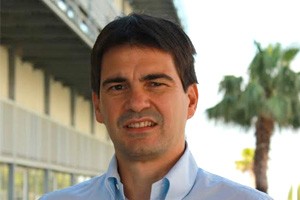 Paolo Melchiorre is an ICREA Research Professor and a Group Leader at the Institute of Chemical Research of Catalonia (ICIQ), Tarragona (Spain). He works on the discovery and mechanistic elucidation of enantioselective organocatalytic and photochemical processes. Paolo recently published a paper in Nature Chemistry entitled “Visible-light excitation of iminium ions enables the enantioselective catalytic ß-alkylation of enals.”
Paolo Melchiorre is an ICREA Research Professor and a Group Leader at the Institute of Chemical Research of Catalonia (ICIQ), Tarragona (Spain). He works on the discovery and mechanistic elucidation of enantioselective organocatalytic and photochemical processes. Paolo recently published a paper in Nature Chemistry entitled “Visible-light excitation of iminium ions enables the enantioselective catalytic ß-alkylation of enals.”
1. What made you want to be a chemist?
My father is a medical chemist (now retired) — I guess the fact that his colleagues/friends were often around during my childhood might have had something to do with my decision to study chemistry. As for innate propensity, I was always curious about natural phenomena, their mechanisms and meanings.
2. If you weren’t a chemist and could do any other job, what would it be — and why?
Any activity related to freedom and exploration. But I’ve always liked sports and, when I was a child, I would have loved to have become a sportscaster.
3. What are you working on now, and where do you hope it will lead?
We are exploring the reactivity of chiral organocatalytic intermediates upon light excitation. An electronically excited state can unlock reaction pathways that aren’t available to conventional ground-state chemistry. So combining enantioselective organocatalysis with photochemistry can offer unconventional ways of making chiral molecules. We believe that this approach will not be limited to organocatalysis, but could be applied to other areas of modern synthetic chemistry.
4. Which historical figure would you most like to have dinner with — and why?
It is really hard to choose only one! There are so many historical figures with whom I would love to have dinner: from Julius Caesar and Charles Darwin, to Copernicus, Primo Levi, and Marie Curie. But probably my final choice would be Leonardo da Vinci, a real man of the future – I could even use Italian to talk with him and try to understand how a genius thinks.
5. When was the last time you did an experiment in the lab — and what was it?
A long time ago, in 2010. It was the very beginning of our studies on photochemistry, and I performed a reaction that required UV irradiation. As a light source, I used the UV lamp that was generally used in the lab for thin-layer chromatography visualization. Incredibly, the reaction worked a bit.
6. If exiled on a desert island, what one book and one music album would you take with you?
La Divina Commedia – a long time has passed since I read it at school, and it would be long enough to keep me busy and thinking for a while. As for the music, Radiohead’s full discography, but only if I am alone. Otherwise, my wife and kids would destroy it.
7. Which chemist would you like to see interviewed on Reactions — and why?
Ryan Gilmour and Dieter Seebach. I believe the former will strongly influence Europe’s organic chemistry community; the latter has profoundly done so.

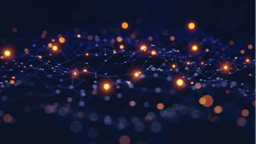
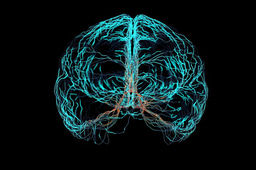
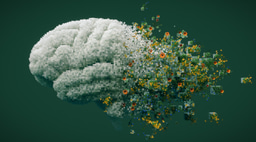
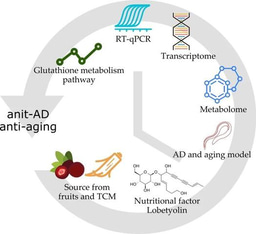
Please sign in or register for FREE
If you are a registered user on Research Communities by Springer Nature, please sign in